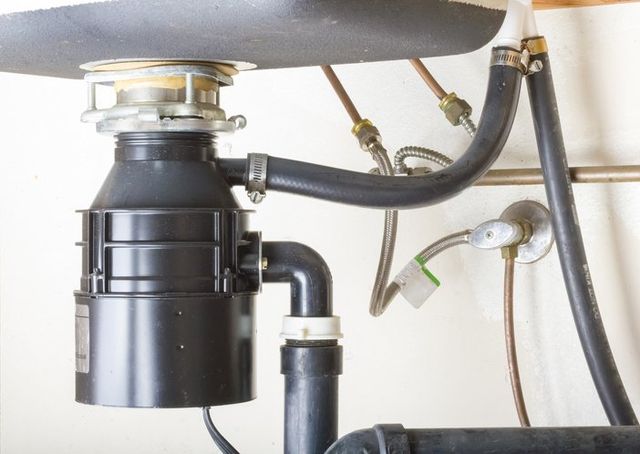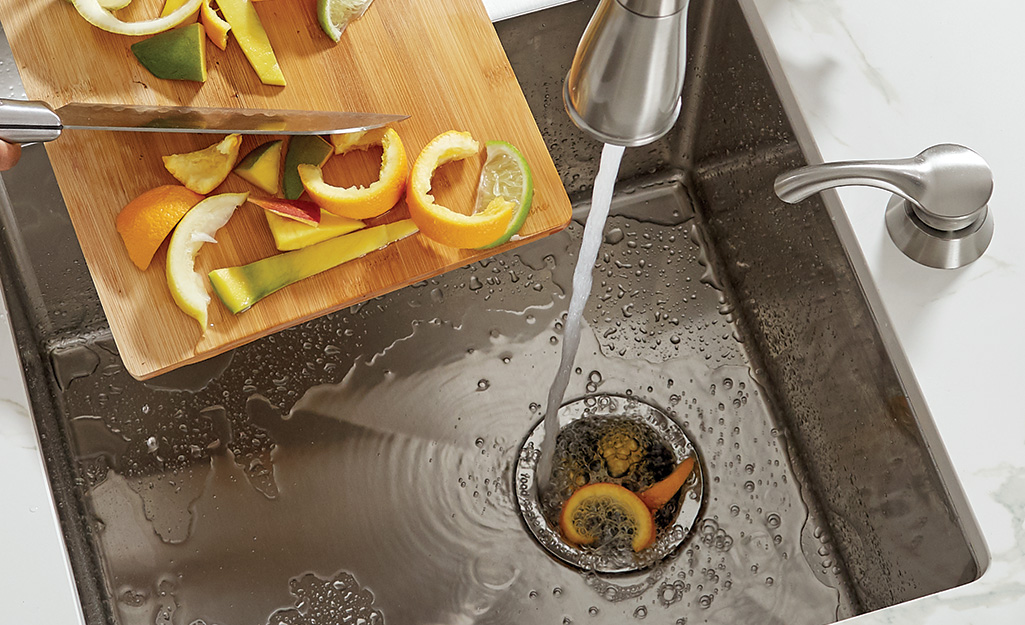Handy Techniques for Repairing a Dripping Garbage Disposal
Handy Techniques for Repairing a Dripping Garbage Disposal
Blog Article
They are making a number of great observations about Why Is overall in this post in the next paragraphs.

Waste disposal unit are important cooking area home appliances that assist in throwing away food waste successfully. Nevertheless, a dripping garbage disposal can be a discouraging and untidy trouble to manage. Thankfully, lots of leaks can be taken care of quickly with a few easy steps. In this article, we will certainly talk about how to fix a dripping garbage disposal effectively.
Introduction
Waste disposal unit are set up under cooking area sinks and are developed to shred food waste right into smaller sized items, allowing it to travel through the plumbing system quickly. While these tools are usually reliable, leaks can occur gradually due to wear and tear, loose links, or damage to the unit.
Step-by-Step Overview to Fixing a Leaking Garbage Disposal
Shut off the Power
Before attempting any repair work, make sure that the power to the waste disposal unit system is switched off to stop the danger of electrical shock.
Find the Leakage
Determine the precise area of the leak and identify the reason
Tighten up Connections
Make use of a wrench to tighten any kind of loose connections between the disposal device and the plumbing system.
Replace Seals or Gaskets
If the leak is because of used seals or gaskets, get rid of the old elements and replace them with brand-new ones.
Patching Splits or Holes
For fractures or holes in the disposal unit, usage epoxy or an ideal patching product to seal the damaged location.
Recognizing the Resource of the Leakage
Before trying to repair a dripping waste disposal unit, it is essential to determine the resource of the leakage. This can typically be done with visual inspection or by performing simple tests.
Visual Evaluation
Examine the waste disposal unit system very carefully for any signs of water leakage. Pay close attention to areas around seals, gaskets, and link factors.
Evaluating for Leaks
One means to check for leakages is by running water through the disposal system and checking for any kind of noticeable indicators of leak.
Common Root Causes Of Leakages in Garbage Disposals
Worn Seals and Gaskets
Seals and gaskets play a vital function in stopping water from leaking out of the waste disposal unit. In time, these elements can deteriorate, resulting in leaks around the disposal system.
Loose Connections
The connections in between the waste disposal unit and the plumbing system can come to be loose in time, causing water to leak out throughout procedure.
Fractures or Openings in the Disposal Device
Physical damages to the garbage disposal, such as splits or openings in the housing, can additionally cause leaks.
Tools and Products Needed for Dealing With a Dripping Garbage Disposal
Prior to beginning the repair process, gather the needed tools and products, including a screwdriver, adjustable wrench, plumber's putty, replacement seals or gaskets, and epoxy or patching product for fixing cracks or holes.
Evaluating the Waste Disposal Unit After Repair Service
As soon as the fixing is complete, evaluate the waste disposal unit by running water via it to make certain that the leakage has been solved.
Preventive Maintenance Tips to Stay Clear Of Future Leakages
To prevent future leakages, it is important to do regular maintenance on your waste disposal unit. This includes keeping it tidy, avoiding putting non-food products or hard objects down the disposal, and regularly looking for leaks or other problems.
Verdict
In conclusion, dealing with a dripping garbage disposal is a fairly straightforward process that can be finished with basic devices and products. By complying with the steps detailed in this post and exercising precautionary upkeep, you can maintain your garbage disposal in good working problem and prevent costly repairs in the future.
What to Do About a Leaking Garbage Disposal
A leaking garbage disposal often goes unnoticed until you confront a sopping cabinet, a foul-smelling puddle, or an audible drip-drip-drip from the unit. The fix can be frustrating, too, because the leak can stem from a number of components in the system. Fortunately, with a little sleuthing, you can zero in on the leak and—depending on the exact location—stop the icky oozing and repair the component that caused it. Worst case scenario, if it turns out that the garbage disposal must be replaced, installing a new one is a reasonable do-it-yourself task for those with basic plumbing skills. Read on to keep the cash you’d otherwise hand over to a pro.
Prepare to find the leak
Prior to testing the garbage disposal for leaks, unplug it at the wall outlet and turn off the power from the breaker box to prevent electrical shock. Then insert a watertight sink stopper into your sink drain and wipe the unit dry with a clean cloth. In any handy container, mix a few drops of food coloring into a few cups of water, and pour the dyed water onto the sink stopper to help you locate the leak.
Investigate the source
the top, where the disposal meets the sink drain the side, where the dishwasher hose or main drain pipe connects to the disposal or the bottom of the unit Inspect each of these locations while gliding a light-colored rag over the unit; the dyed water will readily show on the rag and reveal the location of the leak. If a leak isn’t immediately apparent, remove the sink stopper and pour a few more cups of dyed water down the sink drain, then check for leaks again. Leaks near the top of the unit are more likely to show themselves while the sink is plugged, while side and bottom leaks are more noticeable while the sink is unplugged.
The metal sink flange that sits directly inside the sink drain is typically sealed around the top with plumber’s putty (a clay-like sealant) and then secured from under the sink with bolts. If the plumber’s putty deteriorates, or the bolts loosen, the flange can no longer form a watertight seal between the sink drain and the disposal—which could cause a leak at the top of the unit.
To reseal the leaky flange, you must first detach the garbage disposal. Start by loosening the screws securing the main drain pipe to the disposal, then loosen the screws in the metal clamp securing the dishwasher hose to the disposal and detach the drain pipe and dishwasher hose from the disposal. Loosen the screws in the mounting ring that connects the disposal to the metal mounting assembly beneath the sink, then pull down the disposal and carefully set it on a clean, dry surface. Loosen the bolts in the mounting assembly with a wrench, then pull down the mounting assembly and set it near the disposal.

Do you like reading about Tips on Fixing a Leaking Garbage Disposal? Try leaving feedback further down. We'd be interested to know your opinion about this blog posting. We are looking forward that you visit us again in the future. Sharing is caring. Helping others is fun. Many thanks for your time. Come back soon.
Schedule Now Report this page